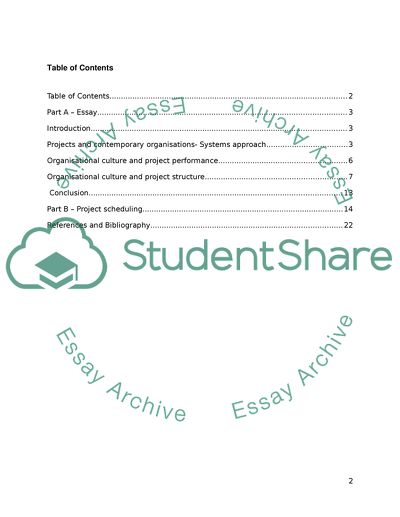Cite this document
(“Project management Essay Example | Topics and Well Written Essays - 3500 words”, n.d.)
Project management Essay Example | Topics and Well Written Essays - 3500 words. Retrieved from https://studentshare.org/miscellaneous/1570154-project-management
Project management Essay Example | Topics and Well Written Essays - 3500 words. Retrieved from https://studentshare.org/miscellaneous/1570154-project-management
(Project Management Essay Example | Topics and Well Written Essays - 3500 Words)
Project Management Essay Example | Topics and Well Written Essays - 3500 Words. https://studentshare.org/miscellaneous/1570154-project-management.
Project Management Essay Example | Topics and Well Written Essays - 3500 Words. https://studentshare.org/miscellaneous/1570154-project-management.
“Project Management Essay Example | Topics and Well Written Essays - 3500 Words”, n.d. https://studentshare.org/miscellaneous/1570154-project-management.


